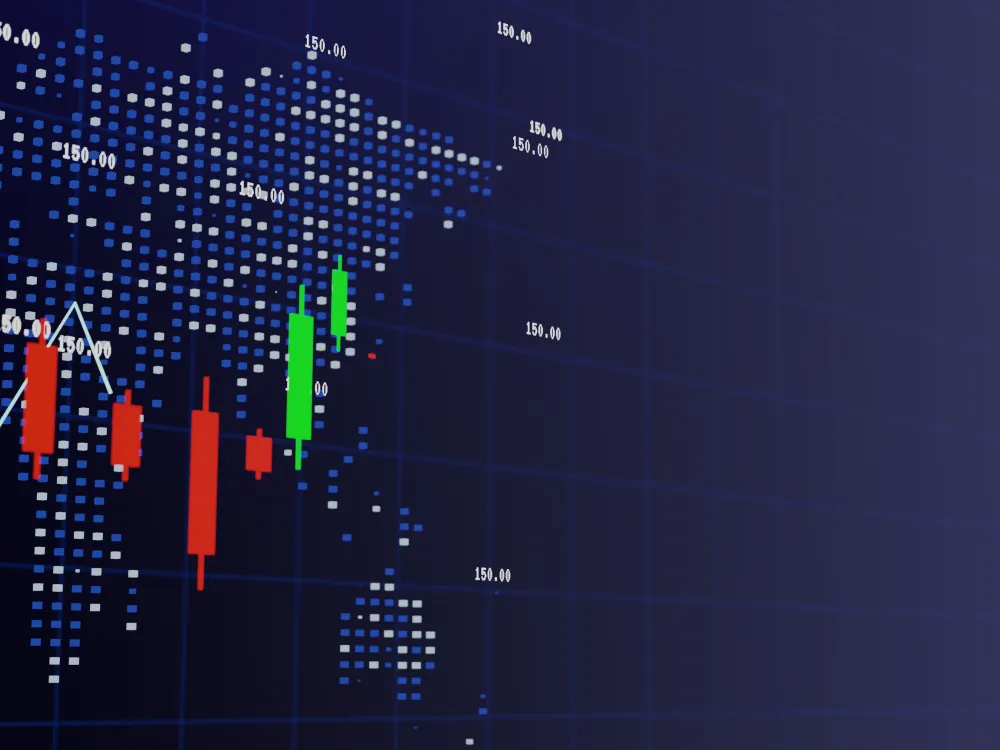
Forex Day Trading With $1000 or Less: Beginner's Guide
The secret to successful forex trading is careful money management, patience, and learning from mistakes. Nobody can predict the future as the market has a 50% chance of moving up or down after you place your trade - anyone who tells you otherwise is not being truthful.
So how do you know when and how to place a trade, how big a lot size to use, and when should you plan on exiting a trade either in profit or to minimize your loss?
By the end of this guide, you'll have the answer to these questions and be well on your way to a successful trading career.
Where to Start?
The best way to start trading is with a demo account. All reputable brokers or trading firms allow you to trade with make-believe money, allowing you to get used to the charting software and the mechanics of placing trades.
You can place market and limit orders, select stop losses, place your take-profit orders, and exit trades on their trading platform without risking any money.
I recommend that you initially trade one of the four major trading pairs:
- EUR/USD
- USD/JPY
- GBP/USD
- USD/CHF
Let's look at a systematic way to trade $1000 as a beginner, developing your trading strategy and putting a money management policy in place to maximize your profits and minimize your losses.
Risk Management and Trading Strategy
You need a simple trading plan to help you decide where to enter your trades and when to get out. Trend lines, indicators, and support and resistance zones can help you decide when to enter a trade, but your contract size and money management will determine whether you succeed or fail.
Step 1. Define Your Trading Goals
Decide what your short-term and long-term trading goals are and stick to them. Set realistic profit targets, and don't get too greedy.
You may aim for a low-risk, 2-5% monthly return on your investment or be more aggressive and try to achieve a 2-3% per trade profit.
Step 2. Choose a Trading Style That Suits Your Personality
If you perform better in a fast-paced trading environment and lack the patience to wait for more significant price movements, scalping is ideal. But, if you are more patient and willing to wait, swing trading may be a better trading strategy for you.
- Scalping - Scalping involves placing many trades throughout the day, taking advantage of small price movements, and profiting from a large volume of trades. You enter trades quickly, holding your position for seconds or minutes.
- Swing Trading - Swing traders keep their trades open for days or weeks to extract the maximum profit from more significant price swings within a trend.
- Traditional Day Trading - A day trader usually places buy and sell orders, hoping to catch price swings within a typical trading day.
Step 3. Understanding Basic Forex Terminology
- Pips - A pip is the smallest price movement currency pairs make, usually 0.0001 of the base currency. However, pairs involving the Japanese Yen are usually 0.01 of the base currency.
- Spread - The cost of a trade is the difference between the bid or buying price and the ask or selling price, called the spread.
- Leverage - One of the benefits of trading forex pairs is that you can utilize leverage to control larger position sizes with smaller amounts of capital. This leverage magnifies your profits but also increases the size of your losses. With a 10:1 leverage, you can control 100,000 units of the base currency with 1000 capital.
- Margin - The capital required to open a leveraged position or trade is called the margin.
- Lot Sizes - A standard lot size is 100,000 units of the base currency, a mini lot is 10,000, and a micro lot is 1,000. For smaller accounts, you can trade nano lots representing 100 units of the base currency.
As a beginner, consider your available capital and risk tolerance when choosing the lot size in forex trading. With a $1000 account, your margin requirements should not exceed $20 per trade when following a low-risk strategy.
Step 4. Trade Your Demo Account First
Start trading with a demo account before you risk your own money. Aim to place trades using the demo account for at least a month before trading with real money.
Use a journal to track every trade, noting the reasons for entering it, your emotional state, the trade size, profit target, and exit price.
Step 5. Beginner Trading Strategy
The simplest trading strategy involves identifying the major support and resistance zones on the daily or 4-hour chart. You aim to enter trades based on the price hitting the zones and rebounding in the opposite direction. You avoid entering trades in the middle of two zones, waiting for the price to cross the support or resistance levels before making your trade. Use the smallest lot sizes first to avoid blowing your account on a single trade.
Decide in advance the price at which you wish to exit the trade and stick to it, even if the price appears to be making further moves in a profitable direction. Place a stop loss a few pips away from your trade entry so that a price movement in the wrong direction will close out your trade and prevent you from suffering further losses.
You will have losing trades; every trader has them. But keeping your trade sizes small and maximizing your winning trades will ensure you come out ahead, even if more than half your trades are losses.
Trading is a marathon, not a sprint. With patience and discipline, you'll eventually develop an understanding of what works best for you and see your account grow.


